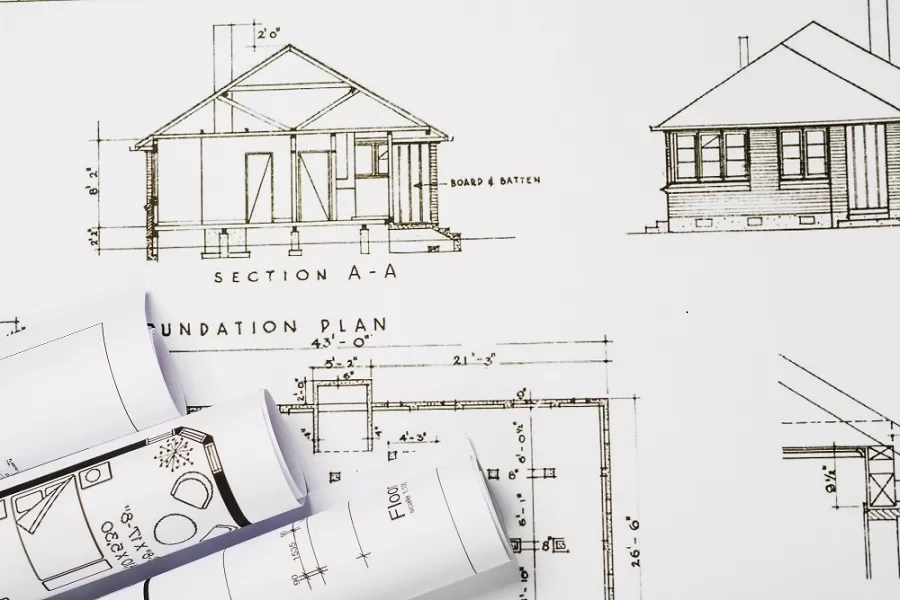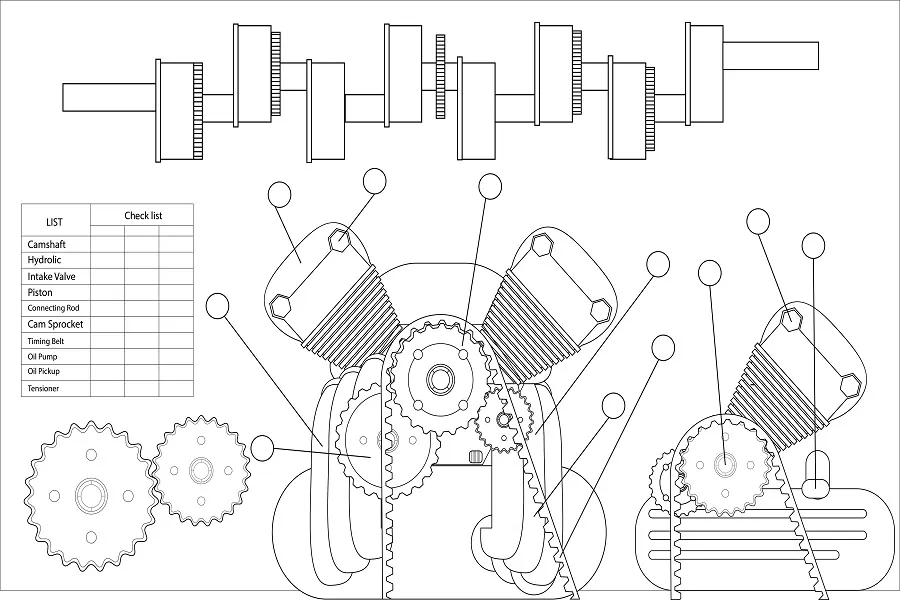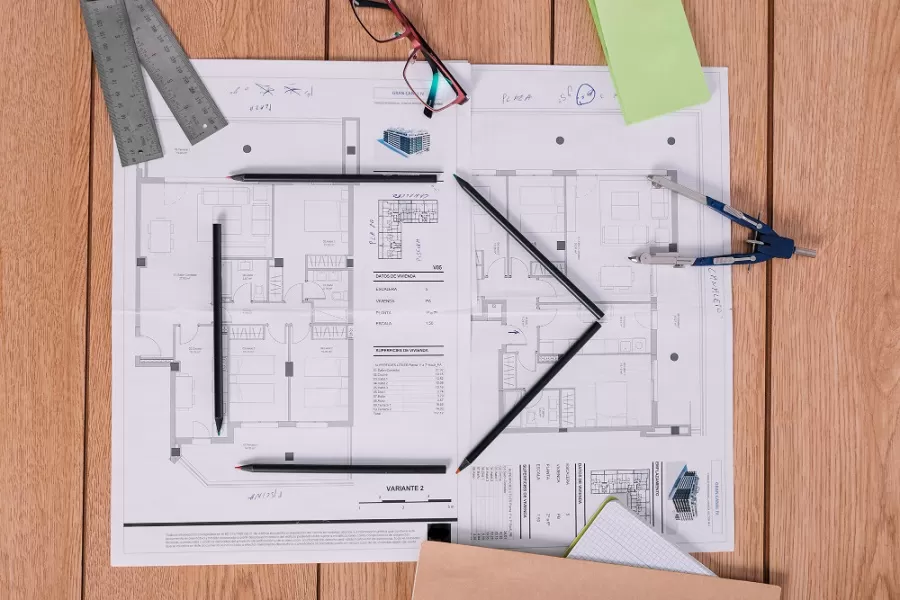Technological advancements are changing the way we design and create new products. Various new trends are emerging that are making manufacturing processes faster, more accurate, and more collaborative. They are not only leading to fewer errors but are also accelerating production timelines, helping manufacturers stay competitive and bring new products to market quickly and cost-effectively. According to industry reports, automation and digital tools are reducing shop drawing errors by up to 30%, leading to faster production times and cost savings. Here’s what’s shaping the future of engineering and manufacturing.
1. AI-Powered Automation
Artificial intelligence (AI) is playing an important role in modernizing shop drawing services. AI is helping in automating repetitive tasks, detecting errors, and optimizing designs. AI-driven tools, like Autodesk Fusion AI, are already helping designers create accurate technical drawings, identify inconsistencies, and provide intelligent recommendations that minimize rework and reduce project delays. The adoption of AI is only expected to rise.
Beyond automation, AI is narrowing the gap between design intent and manufacturability. It is helping manufacturers meet increasing demands for faster, smarter, and more complex products.
2. Increased Adoption of BIM
Building Information Modeling (BIM) will continue to dominate in 2025 and beyond. The increased use of Cloud-based BIM programs helps in real-time data sharing, clash detection, and enhanced coordination across disciplines. Stakeholders will be able to better collaborate, share real-time updates, and visualize the entire product lifecycle for better project coordination and efficiency.
3. Rapid Prototyping and 3D Printing
Rapid prototyping has significantly increased the speed of prototyping. With advancements in 3D printing, CNC machining, and digital simulation, design teams can now quickly create and test prototypes before moving them to production. They can refine designs, identify mistakes, and perfect development cycles while minimizing errors and material waste.
By bridging the gap between design and fabrication, additive manufacturing technologies, such as metal and resin-based 3D printing, are assisting designers in producing detailed prototypes that closely resemble final production parts.
4. 3D Visualization and VR Integration
Using 3D models and virtual technologies, manufacturers can create and review actual designs before moving them to production. They can work together to virtually check on products, fix design issues, and avoid costly mistakes.
Using VDC services, engineers and clients can walk through a digital prototype, ensuring that dimensions, tolerances, and materials align perfectly with the project’s requirements. Companies using VR report a reduction of up to 40% in design-related change orders and streamlined production cycles with increased efficiency.
5. Digital Twin Technology
Digital twins are interactive virtual representations of physical products that enable real-time monitoring, predictive maintenance, and enhanced project planning. These digital models incorporate all shop drawing details, including dimensions, tolerances, material properties, and component relationships, to create highly accurate virtual prototypes.
The increasing adoption of digital twins allows engineers to optimize products and production systems before physical fabrication. This technology helps identify potential issues and make adjustments in the digital space before committing to physical production.
6. Sustainability and Smart Materials
Sustainable manufacturing is on the rise, thanks to stricter green building codes. Manufacturers are now incorporating eco-friendly materials in their products to meet sustainability goals. These include high-performance insulation materials, recycled steel components, and sustainable composites that reduce environmental impact without compromising on structural integrity.
Manufacturers are also implementing energy-efficient solutions such as optimized cutting patterns, sustainable HVAC systems, and prefabricated materials to reduce waste and improve efficiency. These practices not only optimize operational costs, they also help in building a sustainable brand.
7. Cloud-Based Collaboration Tools
Modern design workflows leverage cloud-based project management systems for instant updates, approvals, and remote access. These tools improve communication between teams, reducing misinterpretations and enhancing workflow efficiency.
8. Improved Compliance and Safety Standards
Regulatory compliance will remain a priority in 2025. Shop and fabrication drawings must adhere to all necessary codes and standards, as non-compliance can lead to product rejection, safety issues, or costly modifications. This makes it essential for shop drawing experts to ensure their designs specify the correct materials, dimensions, thicknesses, finishes, and other critical details that align with regulations.
9. Product Lifecycle Management (PLM) Integration
Product Lifecycle Management (PLM) systems facilitate the entire product journey – from conception through production to disposal. By integrating PLM with digital shop drawings, manufacturers can centralize design modifications, material specifications, and production data on a single collaborative platform, enabling seamless product tracking.
PLM-driven shop drawings help ensure all stakeholders work with the latest and most accurate data, minimizing errors and costly revisions. As a result, manufacturers can develop high-quality products with shorter lead times and greater efficiency.
Why do These Trends Matter?
These evolving trends are making product design services more accurate, collaborative, and sustainable. Companies that embrace these advancements will improve project outcomes and gain a competitive edge in the evolving business landscape.
Stay Ahead with Enginerio
At Enginerio, we leverage the latest technology to deliver high-quality engineering solutions that meet industry standards. Contact us today to optimize your product designs with the latest innovations.





